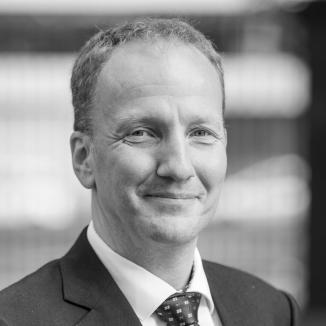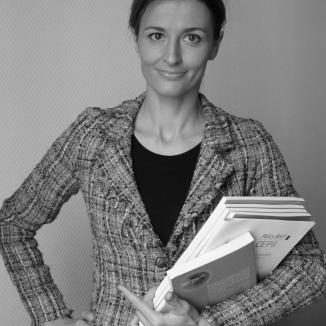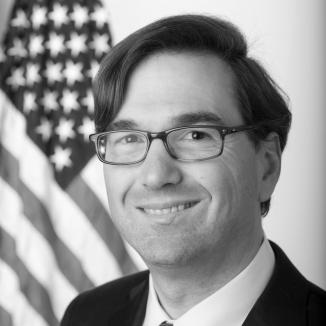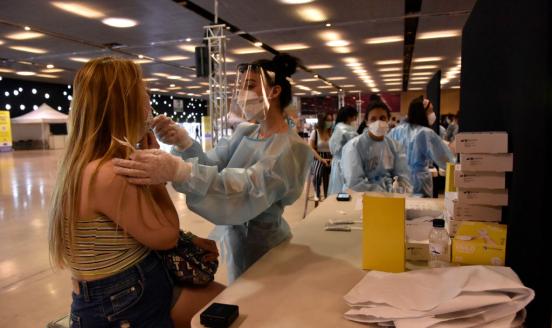The United States and Europe: Short-term divergence but shared challenges
Europe and the United States have had divergent experiences since the economic crisis. But they share several challenges in the years ahead: slowing p
Speakers
Natacha Valla
Dean of the School of Management and Innovation, Sciences Po,
Jason Furman
Chairman of the Council of Economic Advisers, The United States,
Summary
See below for video and materials.
This event reviewed macroeconomic similarities and differences between the US and the EU during the last two decades. It also compared the challenges that both the US and the EU will be facing in the coming years.
Jason Furman briefly summarized the responses of the US and EU to the economic crises beginning in 2007-2008. He highlighted the rapid policy responses which the US implemented immediately after the onset of the crisis with positive results: a relatively solid recovery and lower unemployment. He noted the difficulties that the Eurozone and EU had in responding to the financial crises due to sovereign debt and higher structural unemployment. He also mentioned difficulties that especially affect the US: lack of capital investment, growing wage inequality, and lower fluidity and dynamism than desirable. Looking forward, he pointed to a few policies that could help solve these problems: Completing TPP and the T-TIP trade deals, reforming the business tax codes, streamlining high-skilled immigration, patent system reform and greater antitrust action to prevent monopolistic behaviour from capturing excessive capital rents.
Natacha Valla pointed to similar challenges from the perspective of the EU. She addressed the issues of country-to-country heterogeneity, slowdown in productivity growth, lower steady-state GDP growth, low capital-stock investment, a relatively limited and late monetary response to the crisis, and the obstacles remaining for a completed single market and banking union in Europe. She pointed to the many shared challenges and responses while acknowledging the inherent differences in policy response because of the institutional, geographic, political, and economic differences inherent in comparing the US to Europe. She also expressed the critical need for greater investment in Europe in the areas of both infrastructure and R&D.
In the Q&A it was pointed out that the capital share of output has fallen in the US during the last several years, but that compensation given to labour’s share of output has fallen at the same time. Furman answered that this could be for many reasons, but that it may likely be a result of increasing capital rents from large corporations and their intellectual property rights. Other questions involved the role of debt in the US and forecasting interest rates. Private debt in the US has fallen as the amount of credit that banks have extended has fallen and incomes have increased. Public debt has gone up since the crisis as a result of fiscal stimulus programs, but the government deficit has fallen and debt service payments are also relatively low. Interest rates look to be on the rise (even if slowly) after nearly 7 years of zero-percent rates.
Various policy options were mentioned to address inequality and stagnant wages in the US. Furman mentioned the noteworthy flexibility of the US labour market, but also the need to increase labour participation rates by offering better workplace support, maternal/paternal leave policies, etc. He concluded by stressing the need for US and EU institutions to stay vigilant in making these steps and avoid complacency about inequality, slowing productivity, and labour participation.
Event summary by Brian Lewis, Research Intern
VIDEO RECORDING
Event materials
The United States and Europe Short-Run Divergence and Long-Run Challenges | Jason Furman






